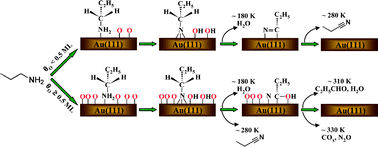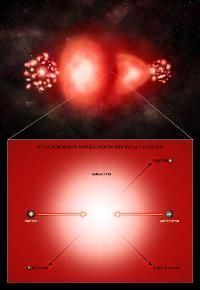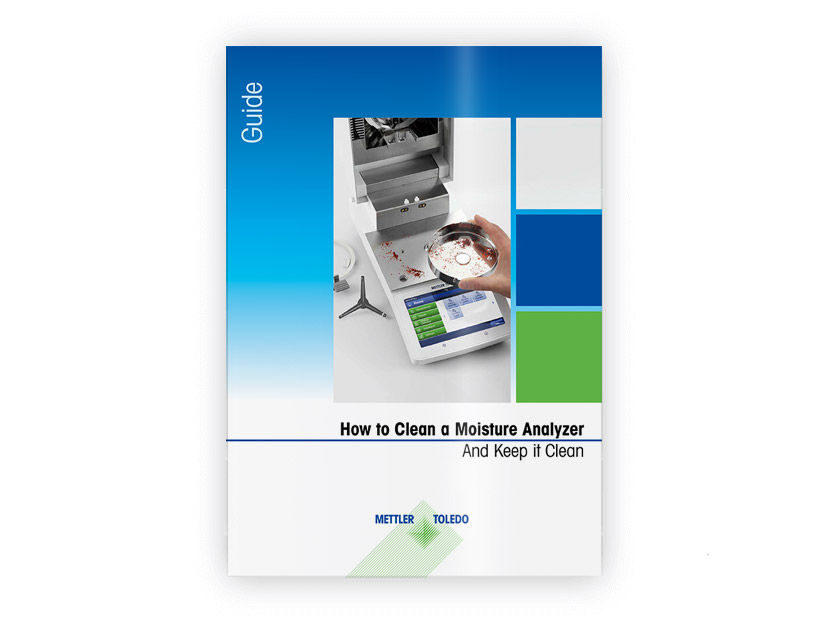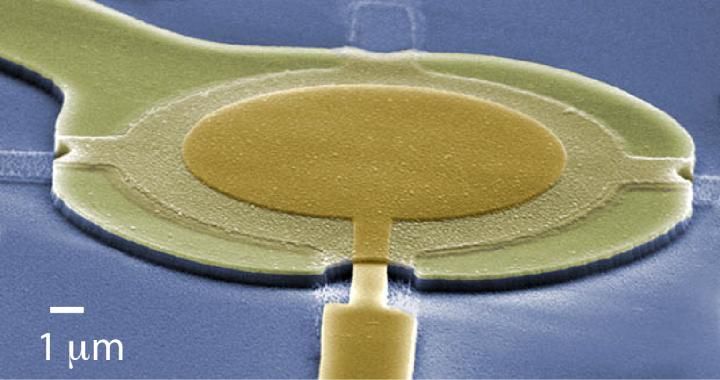Researchers discover a new class of magic atomic clusters called superhalogens
An international team of researchers has discovered a new class of magnetic superhalogens – a class of atomic clusters able to exhibit unusual stability at a specific size and composition, which may be used to advance materials science by allowing scientists to create a new class of salts with magnetic and super-oxidizing properties not previously found.
The discovery, which was published in Angewandte Chemie International Edition, was based on theoretical work by researchers from Virginia Commonwealth University, McNeese State University, and Peking University in China, and experimental work at Johns Hopkins University.
Unlike conventional superhalogens that are composed of a metal atom at the core and surrounded by halogen atoms, the magnetic superhalogens discovered by this team are composed of stoichiometric metal-halogen moieties at the core to which an additional halogen is attached.
The new chemical species known as magnetic superhalogens mimic the chemistry of halogens which are a class of elements from the periodic table, namely, iodine, astatine, bromine, fluorine and chlorine. The word halogen means "salt-former," and when one of the elements above combines with sodium, they can form a salt.
Specifically, the cluster is MnxCl2x+1, where x = 1, 2, 3, and so on, have manganese and chlorine atoms as a core to which only one chlorine atom is attached. The manganese atoms carry a large magnetic moment and therefore make these superhalogens magnetic.
"One can now design and synthesize yet unknown magnetic superhalogens by changing the metal atom from manganese to other transition metal atoms and changing chlorine to other halogen atoms. In addition to their use as oxidizing agents, being magnetic opens the door to the synthesis a new class of salts," said lead investigator Puru Jena, Ph.D., distinguished professor of physics at VCU.
According to Jena, superhalogens are like halogens, in the sense they form negative ions, but their affinity to attract electrons is far greater than those of any halogen atoms. Negative ions are useful as oxidizing agents, for purification of air and in serotonin release for uplifting mood.
"Superhalogens can do the same thing as halogens can do, only better," said Jena. "The ability of superhalogens to carry large quantities of fluorine and chlorine can be used for combating biological agents as well."
"In addition, superhalogens, due to their large electron affinity, can involve inner core electrons of metal atoms in chemical reaction, thus fundamentally giving rise to new chemistry," said Jena.
In October, Jena and his colleagues reported the discovery of a new class of highly electronegative chemical species called hyperhalogens, which use superhalogens as building blocks around a metal atom. The chemical species may have application in many industries.
Other news from the department science

Get the chemical industry in your inbox
By submitting this form you agree that LUMITOS AG will send you the newsletter(s) selected above by email. Your data will not be passed on to third parties. Your data will be stored and processed in accordance with our data protection regulations. LUMITOS may contact you by email for the purpose of advertising or market and opinion surveys. You can revoke your consent at any time without giving reasons to LUMITOS AG, Ernst-Augustin-Str. 2, 12489 Berlin, Germany or by e-mail at revoke@lumitos.com with effect for the future. In addition, each email contains a link to unsubscribe from the corresponding newsletter.































































